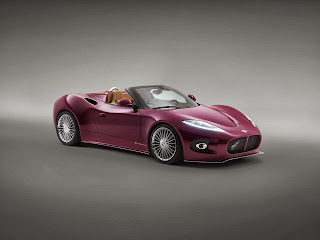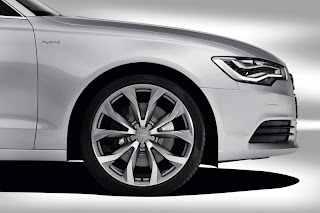Spyker brought to Pebble Beach a
convertible version of the B6 Venator concept. The Dutch have announced the
beginning of a series production of the roadster, scheduled for 2014.
Spyker B6 Venator has received a
convertible version at the Elegance Competition at Pebble Beach. The exhibit
was presented as a concept, but the Dutch auto manufacturer promises to launch
a series version until the end of next year.
The B6 Venator was initially
presented at the 2013 Geneva Motor Show, when the exhibit was a coupe.
Meanwhile, it has become a convertible and it is one step closer to series
production.
Like its coupe brother, this model
has a V6 engine, which delivers over 375 horsepower to the rear axle via a
six-speed automatic transmission.
he weight of the model is less than 1,400
kg, says Spyker. The Dutch haven’t released any information about the
performances of this model.
The production of the Spyker
convertible will begin in 2014. This model draws attention by its LED lights,
19 inches alloy wheels, leather interior with diamond pattern and body shapes
made of carbon fiber. The price of Spyker B6 Venator Spyder has not been
revealed yet.
















































